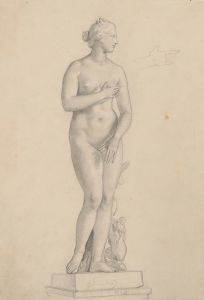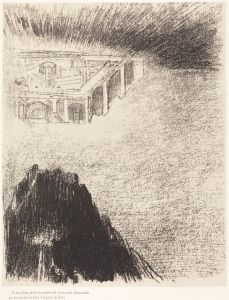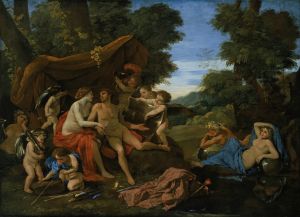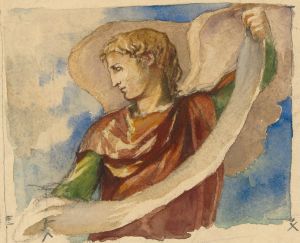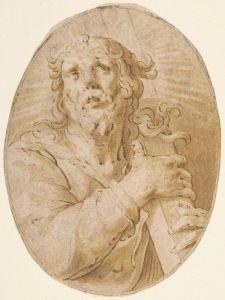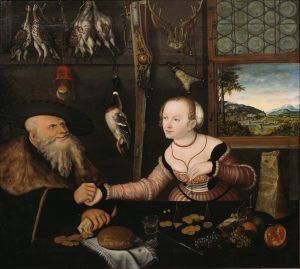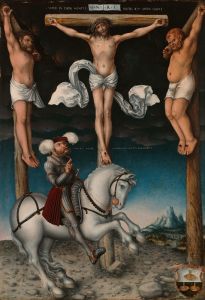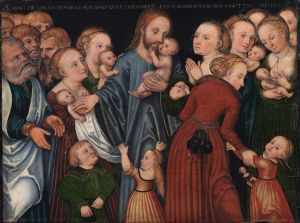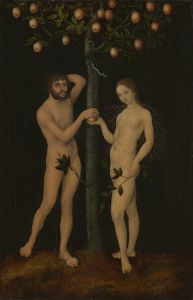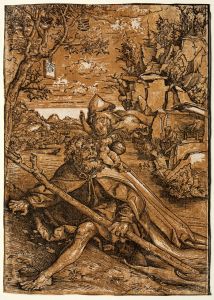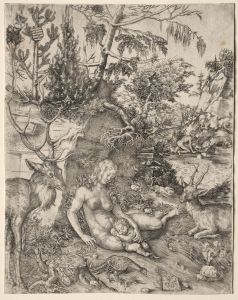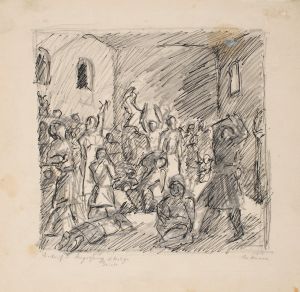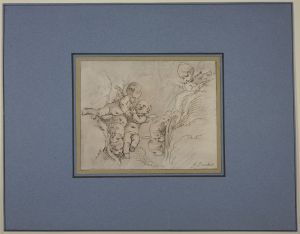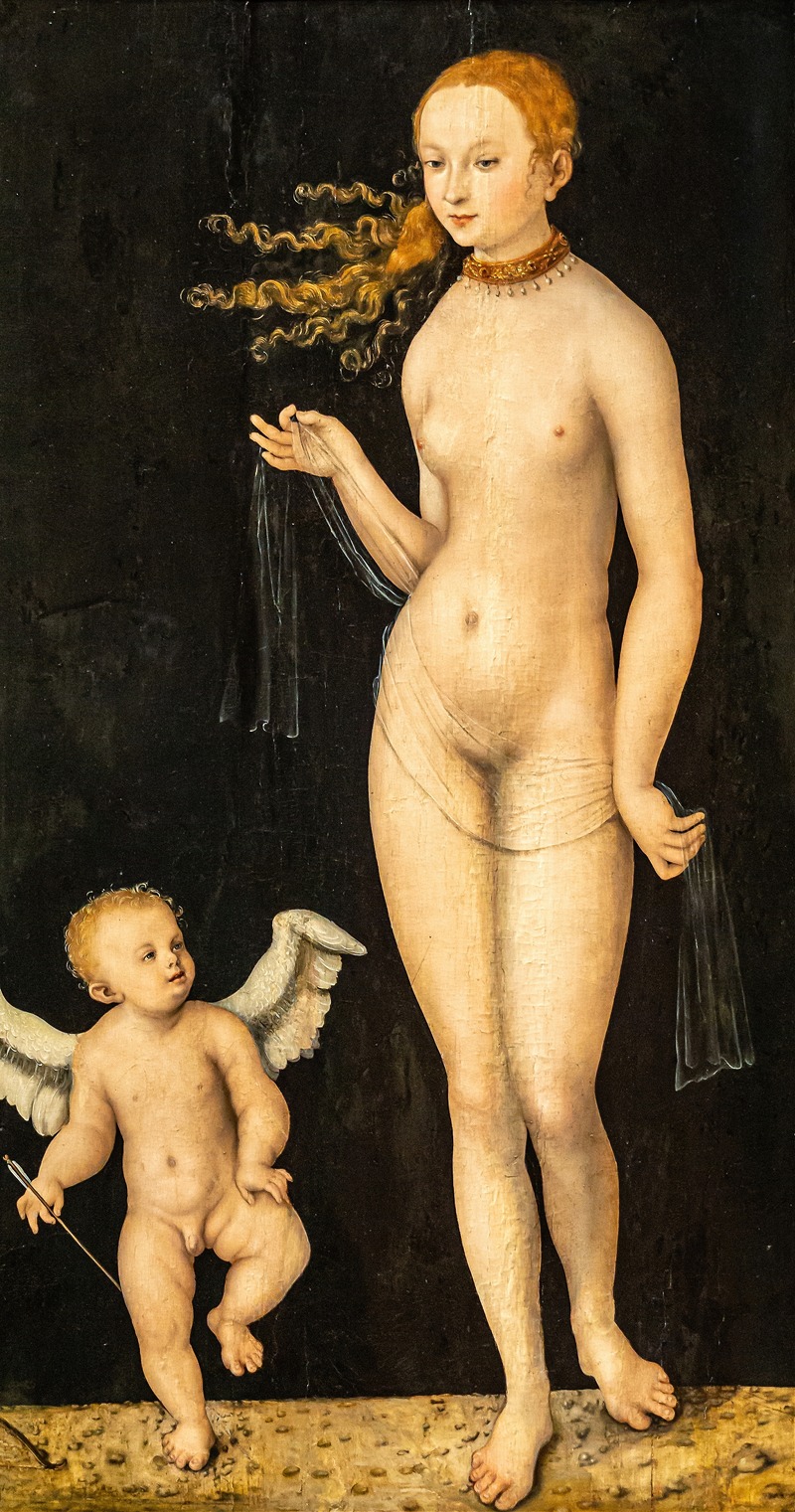
Venus and Cupid
A hand-painted replica of Lucas Cranach the Elder’s masterpiece Venus and Cupid, meticulously crafted by professional artists to capture the true essence of the original. Each piece is created with museum-quality canvas and rare mineral pigments, carefully painted by experienced artists with delicate brushstrokes and rich, layered colors to perfectly recreate the texture of the original artwork. Unlike machine-printed reproductions, this hand-painted version brings the painting to life, infused with the artist’s emotions and skill in every stroke. Whether for personal collection or home decoration, it instantly elevates the artistic atmosphere of any space.
Lucas Cranach the Elder's Venus and Cupid is a notable work by the German Renaissance painter, created during the 16th century. Cranach, a prominent figure of the Northern Renaissance, was known for his depictions of mythological and religious subjects, often characterized by their delicate detail and symbolic elements. This painting is one of several versions Cranach created featuring Venus, the Roman goddess of love, and her son Cupid, the god of desire.
In Venus and Cupid, Venus is typically portrayed as a nude or semi-nude figure, a common motif in Cranach's works, reflecting the Renaissance fascination with classical antiquity and the human form. Cupid, often depicted as a mischievous child, accompanies her, holding his iconic bow and arrows, which symbolize love and desire. The composition of the painting often emphasizes the contrast between Venus's serene, idealized beauty and Cupid's playful or impish demeanor.
Cranach's Venus and Cupid paintings are notable for their inclusion of symbolic details, such as jewelry, drapery, or natural elements, which often carry allegorical meanings. For example, the inclusion of an apple or other fruit may reference the Judgment of Paris, a mythological event that led to the Trojan War, or it may symbolize temptation and the fall of man, drawing a parallel to Christian themes. The background in these works is often rendered with a sense of depth, featuring lush landscapes or architectural elements, which were hallmarks of Cranach's style.
The exact date of creation for specific versions of Venus and Cupid varies, as Cranach produced multiple iterations of this theme throughout his career. These works were likely commissioned by patrons who admired the blend of classical mythology and Renaissance artistry. Cranach's ability to balance sensuality with refinement made his depictions of Venus and Cupid particularly appealing to his contemporaries.
Cranach's workshop played a significant role in the production of his paintings, and it is possible that some versions of Venus and Cupid were created with the assistance of his apprentices or sons, Lucas Cranach the Younger and Hans Cranach. However, the master himself is credited with the design and execution of the most significant pieces.
Today, various versions of Venus and Cupid by Lucas Cranach the Elder are housed in museums and private collections around the world, including the National Gallery in London and the Kunsthistorisches Museum in Vienna. These works continue to be celebrated for their technical skill, elegant composition, and the intriguing interplay of mythology and morality.





